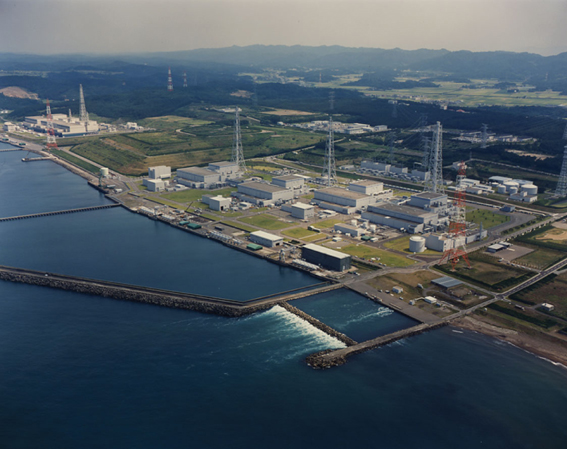After almost 22 months of checks and repairs, nuclear operations are about to restart at the earthquake-hit Kashiwazaki Kariwa site in Japan.
 |
| Kashiwazaki Kariwa |
The unit, a Advanced Boiling Water Reactor built by GE, Toshiba and Hitachi, is the newest at the site. It contributes 1315 MWe to the total of around 8000 MWe that makes Kashiwazaki Kariwa the biggest nuclear power plant in the world.
Tepco will be hopeful about bringing the all the reactors back into service after unit 7. The utility has suffered enormous bills for replacement power and fuel as well as geologic surveys, engineering, construction and repairs that prompted the first loss in it history. The company said it would "steadily address the confirmation of the soundness of the facilities, restoration works, seismic reinforcement works, etc without prejudice."
The plant was hit very hard by the 6.8 magnitude Niigata Chuetsu offshore earthquake of 16 July 2007. The earthquake exceeded the plant's design basis - the levels of ground acceleration it should essentially withstand and restart operation quickly after - but did not approach its safe shutdown basis, up to which environmental protection must be maintained in the most extreme circumstances.
At the time the earthquake struck three of the reactors were already shut down for maintenance, while the three in operation shutdown automatically as did one that was in the process of starting up. All of them remained in a safe state throughout the 6.8 magnitude earthquake, but there was widespread minor damage which necessitated absolutely exhaustive checks and many repairs. Some mildly radioactive cooling water was shaken from pools, many barrels of low-level waste were knocked over and an external transformer failed and caught fire. The site grounds also suffered, with widespread soil liquefaction and structural damage to office buildings.




_47120.jpg)

_23621.jpg)






